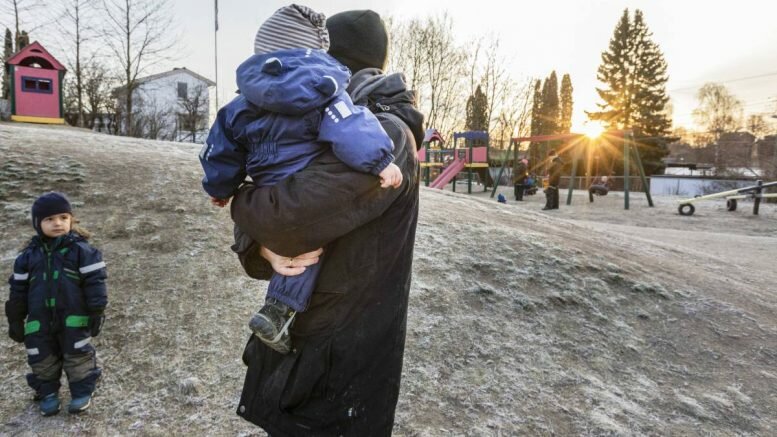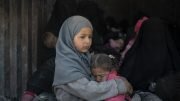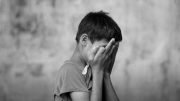A Statistics Norway (SSB) report shows that 11.7% of children in Norway lived in low-income families in 2019. Save the Children believes the pandemic will lead to a big shock next year.
After several weak years, Norwegian households had a positive income development in 2019. The number of children who, over a three-year period, had persistently low household incomes, however, increased by 4,000, to 115,000 children, according to an SSB report. The share has increased steadily since 2011, to 11.7%.
Save the Children has reacted strongly and is concerned that economic inequality has skyrocketed during the pandemic. They warn that the numbers are probably much higher now.
“We believe that the big shock will come next year and in the years ahead. The time has definitely come for a major crisis package for children and young people in the budgets ahead,” Monica Sydgård, head of Norway’s Save the Children program, said.
Up over 70% since 2006
Between 2008 and 2011, the proportion of children in low-income families was relatively stable, between 7.6%and 7.7%. In 2015, Norway passed 10%, and the following year the number passed 100,000 children for the first time.
Since 2006, the number of children in the population has increased by 2.7%, while the number of children in low-income groups has increased by as much as 70.8%.
People born into low-income families have an increased risk of poor health, and it has been shown that young people’s mental health is affected, SSB writes.
Children with an immigrant background hardest hit
Since 2011, the youngest children, aged 0–5 years, have been most represented, with 12.7% in 2019. Among children aged 6–10 years, the proportion was 12.2%. The proportion is lowest among children aged 11–17, with 10.8%.
A total of 58.8% of the children in the low-income group (67,700) had an immigrant background. In this group, the increase has been greatest.
Since 2013, these children have accounted for more than half of all children with persistently low incomes.
Children with an immigrant background make up 18% of all children, and 39.1% of them belong to a household with a persistently low income.
Not surprised by the serious development
Since 2001, the number of children growing up in families with low income has more than tripled, Sydgård of Save the Children warned.
“The development is serious, but we are by no means surprised. This has for many years been a topic that politicians talk a lot about but don’t do much about,” Sydgård said.
Save the Children proposes that child benefit be increased for all children up to the age of 18, that it be legislated that one should not receive less in social assistance even if one receives child benefit and the establishment of a separate NAV team that prioritizes families with children.
Socialist Left Party: We have a poverty crisis
“We have a poverty crisis in Norway. Under Erna Solberg, the number of children growing up in poor families has increased from 83,400 children to 115,000 children. It is completely unsustainable,” fiscal policy spokesperson Kari Elisabeth Kaski of the Socialist Left Party (SV) said.
“A new red-green government must increase child benefits, reduce the costs of daycare and make SFO free. We cannot sit and watch poverty increase as it is doing now,” Kaski said.
“It is sad and worrying to witness an ever-declining spiral of poverty in our country. We expect that both the government and parliament understand the need for a crackdown on poverty and that they are able to reverse the trend,” General Secretary Adelheid Firing Hvambsal at the Church’s City Mission said.
Source: © NTB Scanpix / #Norway Today / #NorwayTodayNews
Do you have a news tip for Norway Today? We want to hear it. Get in touch at [email protected]






Be the first to comment on "Child poverty in Norway increased in 2019 – Save the Children believes a big shock will come next year"